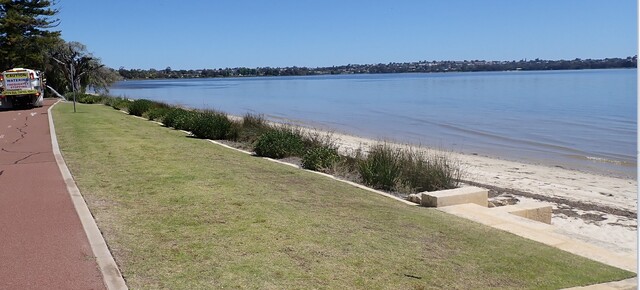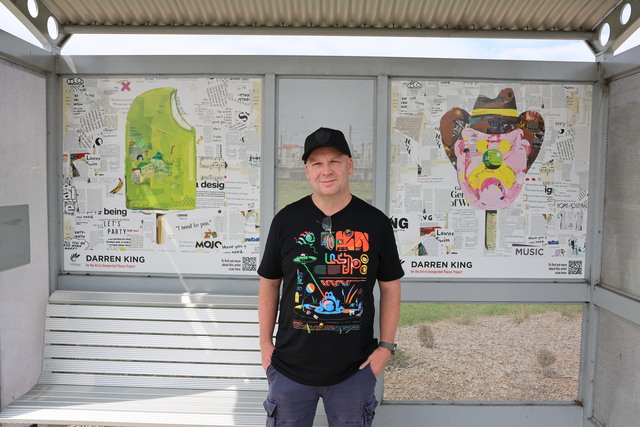As the dust settles on the freshly altered New South Wales local government landscape, and former councillors drearily peruse job listings, amalgamation decisions might have ramifications larger than the State Government would have cared to anticipate.
Unpopular from the beginning – as to be expected with large boundary reform – it is unlikely the Boundaries Commission could have foreseen the height of the rage that has unfolded among the public.
The first meeting of the Inner West Council (formerly Marrickville, Ashfield and Leichhardt) saw ugly scenes as administrators faced riled up constituents. Signs were brandished, slogans yelled; Administrator Richard Pearson even copped an angry globule of saliva to the face, before fleeing the scene under police escort.
Another protest group congregated outside the Prime Minister’s office in his seat of Wentworth, as a court case lodged by the local Woollahra Council was underway.
Local Government New South Wales voiced its frustration at the amalgamation announcements; Alan Jones cried blue murder on morning radio, proclaiming the death of democracy and sabotage on the part of the Premier. As ever, Jones’s indignation may be gratuitous, but it is still worth asking: will the New South Wales decision at the local level have a flow on effect at the federal polls?
Things are looking dark. At the time of writing, storms were walloping the northern beaches and Malcolm Turnbull’s popularity was on the slide. In his own seat – one of the wealthiest in the country – recent polls suggested a ten percent swing against the PM.
Overall, Labor and the Coalition are pitted neck and neck.
Voters are understandably perturbed; some of them will receive no proper representation until September next year, when the newly created councils will have local elections and take back control from administrators. Regardless of how amalgamated councils shape up into the future, the uncomfortable timing means it will doubtless be on the mind of NSW voters as they approach the ballot box in July.







